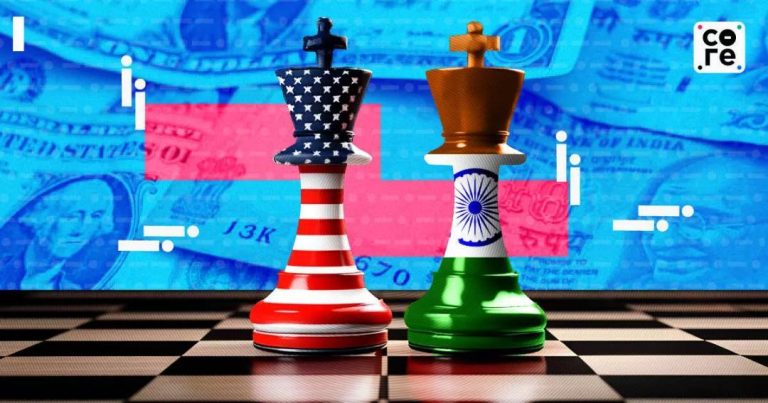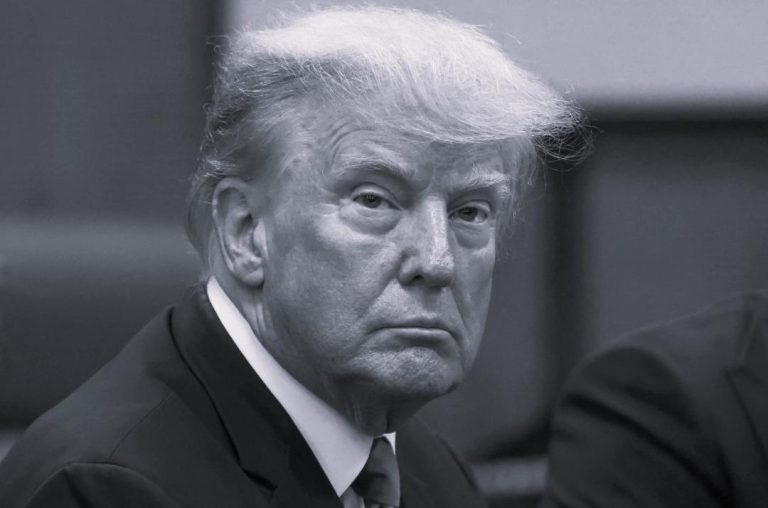
How Accurate Were Delhi Exit Poll Predictions in 2015 & 2020?
Exit polls are widely regarded as a crucial tool in predicting the outcome of elections. These polls are conducted among voters who have already cast their ballots, and the data collected is then used to make educated predictions about the results. In the Delhi Assembly elections, exit polls have been a key aspect of the election coverage. But how accurate were the exit polls in predicting the outcome of the 2015 and 2020 Delhi Assembly elections?
In the 2015 Delhi Assembly elections, exit polls estimated that the Aam Aadmi Party (AAP) would secure 45 seats, the Bharatiya Janata Party (BJP) would win 24 seats, and the Congress Party would manage just one seat. However, the actual results saw the AAP winning a whopping 67 seats, leaving the BJP with a meager three seats and the Congress Party with zero seats. This massive disparity between the exit poll predictions and the actual results raised questions about the accuracy of exit polls.
Fast forward to the 2020 Delhi Assembly elections, and the exit polls predicted a slightly more contested race. According to the exit polls, the AAP was expected to win 54 seats, while the BJP was predicted to win 15 seats. However, the actual results saw the AAP winning 62 seats, while the BJP managed to win eight seats.
So, what went wrong? Why did the exit polls fail to accurately predict the outcome of the Delhi Assembly elections? There are several reasons that could have contributed to these inaccuracies.
One reason could be the limitations of the exit poll methodology. Exit polls typically rely on a sample size of voters who have already cast their ballots, and this sample size may not be representative of the entire electorate. Additionally, exit polls may not capture the nuances of the voters’ preferences, such as the impact of local issues or the popularity of individual candidates.
Another reason could be the difficulty of predicting the outcome of elections in a state with a complex political landscape. Delhi is a highly polarized state, with three major parties vying for power. The AAP, BJP, and Congress Party each have their own strengths and weaknesses, and predicting the outcome of the election can be a challenging task.
The 2015 Delhi Assembly elections saw the AAP, which was then in its second year of governance, facing a strong challenge from the BJP, which had won the 2014 Lok Sabha elections in Delhi. The exit polls predicted a close contest between the two parties, but the actual results saw the AAP winning a landslide victory. This could be because the exit polls underestimated the popularity of the AAP’s leader, Arvind Kejriwal, who had gained significant popularity during his tenure as Chief Minister.
In the 2020 Delhi Assembly elections, the exit polls predicted a slightly more contested race between the AAP and BJP. However, the actual results saw the AAP winning a comfortable majority, with the BJP managing to win only eight seats. This could be because the exit polls underestimated the impact of the BJP’s campaign, which was led by its national president, J.P. Nadda.
Despite these inaccuracies, exit polls remain an important tool in predicting the outcome of elections. They provide valuable insights into the mood of the voters and can influence the election campaign. In the Delhi Assembly elections, exit polls have been widely reported and have played a significant role in shaping the election narrative.
In conclusion, the accuracy of exit polls in predicting the outcome of the 2015 and 2020 Delhi Assembly elections was mixed. While the exit polls failed to accurately predict the outcome of the elections, they still provide valuable insights into the mood of the voters and can influence the election campaign. The limitations of the exit poll methodology and the complexity of the political landscape in Delhi could have contributed to these inaccuracies. Nevertheless, exit polls will continue to play an important role in shaping the election narrative in Delhi and other states.






